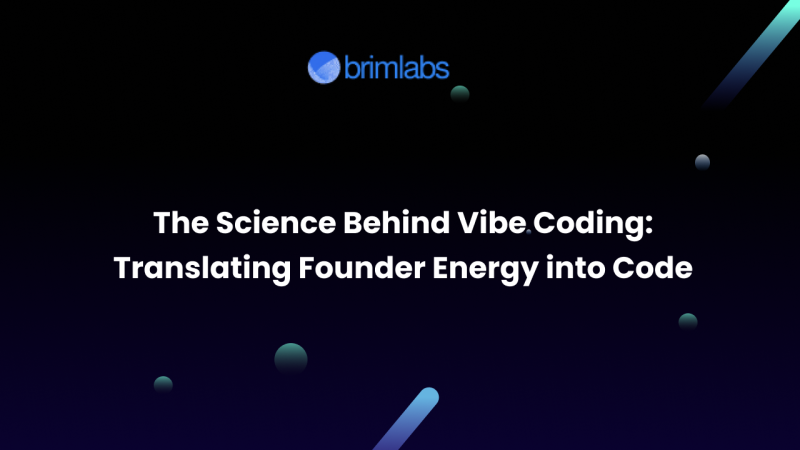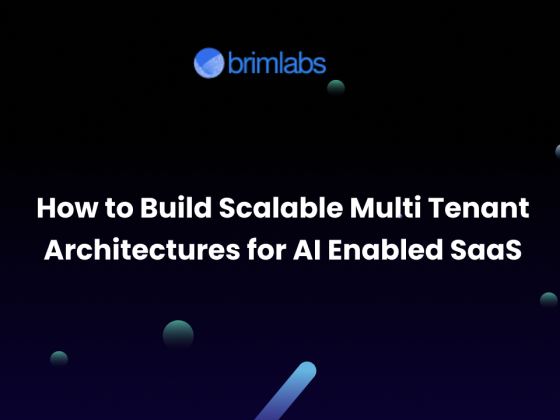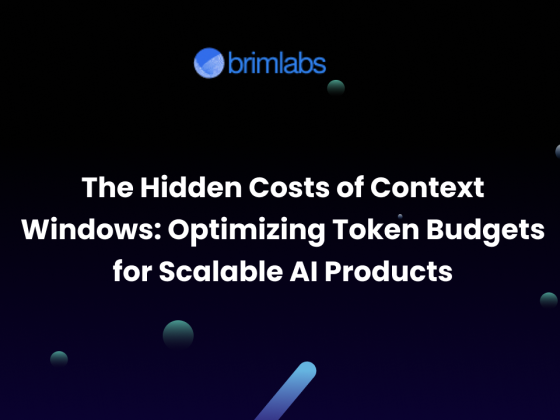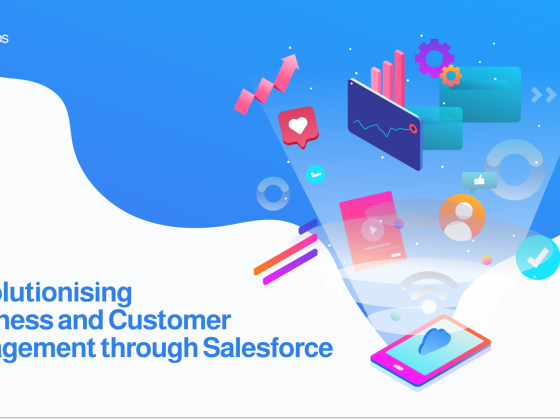Founders build momentum with more than roadmaps and tickets. There is a unique charge in the room when a founder speaks with conviction about a product vision. Team members take notes, engineers sketch flows, designers think in journeys, and product leaders tighten the narrative into something shippable. At Brim Labs, we call the way we capture and convert that charge into working software vibe coding. Far from being guesswork, vibe coding is a deliberate and repeatable system that turns founder energy into code through a blend of discovery sprints, AI assisted workflows, and a cultivated product sense that keeps choices simple, human, and outcome focused.
This article unpacks the science behind vibe coding. You will see how we map the emotional signal of vision into precise artifacts, how AI tools accelerate the path from idea to commit, and how product sense guards against needless complexity. Think of it as a field guide for turning ambitious direction into reliable delivery.
What exactly is vibe coding
Vibe coding is the practice of using human intent as the primary input for design and engineering. It treats a founder’s spoken narrative, metaphors, sketches, and examples as first class data. Teams then translate that data into stable interfaces, data models, and services with the help of AI copilots and a tight feedback loop.
Vibe coding is not improvisation without structure. It uses a structure that is intentionally light and responsive. The aim is to preserve velocity without sacrificing quality, to honor the spark of vision while preventing drift. Done well, it creates the feeling of continuous motion where every hour of work keeps compounding toward product truth.
The 3 pillars of vibe coding
1. Discovery sprints that turn signal into structure
A discovery sprint at Brim Labs is a short burst focused on decisions, not documents. The sprint pulls together founders, a lead product partner, design, and engineering for focused working sessions. The input is raw narrative and real examples. The output is a narrow set of artifacts that unlock fast coding.
Core artifacts that emerge during discovery
- Narrative map. A single page that captures the product promise, the key user, and the core outcomes in plain language.
- Job stories. Short statements that specify a situation, a motivation, and an intended outcome. These are more useful than generic user stories because they preserve context and intent.
- Canonical objects. A list of named entities in the system with essential fields. This frames core data models early without locking the team into premature detail.
- Decision ledger. A lightweight log of important choices with the reason behind each one. The ledger avoids circular debates and lets new teammates catch up in minutes.
- Success yardsticks. Few, clear measures that define what good looks like in the next 2 to 4 weeks, such as activation rate for a new flow or time to first value for an onboarding path.
The science here is information compression. We reduce a complex vision into a small set of high signal artifacts that guide design and engineering decisions. Less noise means faster commits and fewer reworks.
2. AI assisted workflows that compress the idea to code path
AI is not a replacement for thinking. It is a force multiplier for teams that are already thinking clearly. In vibe coding, we plug AI into the steps that naturally benefit from speed, exploration, and synthesis.
Key AI patterns in the workflow
- Rapid interface drafting. From a job story and a list of canonical objects, AI can produce interface drafts in code that reflect typical states, happy paths, and edge cases. Designers then refine these drafts into coherent flows.
- Schema sketching. Give AI a list of entities and relationships, and it proposes initial schemas, migrations, and sample seed data. Engineers review and adapt to fit constraints such as performance, compliance, or multi tenant needs.
- Test generation. From acceptance criteria and user journeys, AI proposes unit tests and integration tests. This raises quality early and keeps confidence high during fast changes.
- Content and prompts. For AI features such as retrieval or assistants, AI helps bootstrap prompts, system messages, and evaluation templates. Human product sense tightens tone and ensures outputs match brand and user intent.
- Dev chore automation. Pull request summaries, change log drafts, and release notes come together faster, which keeps stakeholders in the loop without sapping builder energy.
The scientific effect is cycle time compression. Steps that normally take days shrink to hours, which keeps the vibe alive. When feedback is quick and visible, teams stay aligned with the founder’s energy.
3. Intuitive product sense that keeps complexity out
Product sense is the art of deciding what to build, what to skip, and what to postpone. It is trained through repeated exposure to real users, measurable outcomes, and tight feedback loops. In vibe coding, product sense is the governor that prevents chaos.
Principles that ground product sense
- One clear promise per surface. Every screen, message, and API should have a single dominant job.
- Progress over parfaits. Release a useful slice that proves value, then thicken it with depth only where usage demands.
- Defaults before settings. Start with sensible defaults for 90 percent of cases. Add toggles only when a real need repeats.
- Reduce handoffs. Allow one person to carry a slice across design, implementation, and validation when possible. Fewer handoffs keep intent intact.
- Instrument early. Measure time to first value, task success, and errors from the first release. Data calibrates taste.
The effect is entropy control. By pruning options, the team stays focused on the shortest path to value, which keeps momentum and prevents initiative fatigue.
From founder voice to working software
Here is how a typical 2 week vibe coding cycle unfolds.
Day 1 to Day 2: Founder narrative session recorded and transcribed. The team pulls job stories and the canonical object list. Product partner writes the narrative map and proposes 3 success yardsticks. Engineers and designers annotate with feasibility notes.
Day 3 to Day 4: AI produces interface drafts and schema sketches. Designers reshape flows to match the narrative map. Engineers adapt schemas and create seed data. Product partner drafts acceptance criteria for the first slice.
Day 5: Engineers build the first vertical slice of the core flow. AI proposes unit tests and basic integration tests. Designers add minimal polish for clarity, not vanity. Team sets up instrumentation for yardsticks.
Day 6 to Day 7: Internal playthroughs. Bugs are fixed, copy is tuned, and prompts for any AI features are tightened. The decision ledger records tradeoffs made during build.
Day 8: Founder review with live demo. Feedback is captured as deltas to job stories and yardsticks, not as sprawling to do lists. The team re ranks the backlog by outcome impact.Day 9 to Day 10: Ship to a small user cohort or a pilot environment. Gather signals on activation, errors, and time to first value. Prepare a simple digest for the founder that ties data to the original narrative map.
This cycle repeats. The vibe never gets stale because each loop ends with shipped value and begins with fresh signal.
Why vibe coding works
Three scientific reasons sit under the feel good surface.
- Cognitive load management. By compressing vision into a small set of artifacts, we reduce working memory strain. The team makes faster, better choices because there is less to juggle at once.
- Feedback frequency. Short loops create more opportunities to adjust course while changes are cheap. Early measurement catches misses before they become expensive.
- Motivation dynamics. Visible progress satisfies the human need for momentum. Teams that see their work land in the world stay engaged, which further accelerates delivery.
Guardrails that keep vibe coding rigorous
Momentum without guardrails can wobble. We use a few simple checks.
- Definition of done that includes tests, docs where needed, and instrumentation.
- Decision ledger that captures the why for every meaningful change.
- Access control and data discipline from day one for products that touch sensitive information such as health or finance.
- Performance budgets for each surface so teams do not trade speed for bloat.
- Prompt and model evaluation for AI features so accuracy and safety can be tracked over time.
These checks fit on a single page and rarely change. The simplicity is by design.
Tooling that supports the flow
Vibe coding does not require exotic tools, only purposeful use.
- Source control with short lived branches and a single trunk. Merges daily to keep divergence low.
- Issue tracking with tiny, outcome focused tickets that map to job stories and yardsticks.
- Design in a shared workspace where everyone can comment directly on flows and states.
- AI copilots wired into the editor, the terminal, and the review process.
- Telemetry that shows the team what users are doing in near real time.
The goal is to keep information radiating without creating busywork.
Handling AI features inside vibe coding
Many modern products include assistants, search with retrieval, or generative creation. These features need extra care.
- Start with the simplest possible user intent. Define the smallest set of tasks where AI adds clear value.
- Build a private evaluation set based on real examples. Include corner cases and failure patterns.
- Use retrieval only when the information source is larger than a human can hold in mind. Keep indexes tidy and query patterns explicit.
- Wrap prompts and model settings in code so they can be versioned and tested like any other logic.
- Log model level metrics such as refusal rates, hallucination checks, and response times along with product metrics.
This approach keeps AI useful and predictable while preserving the vibe of fast iteration.
Common pitfalls and how to avoid them
- Over documenting the vision before a single screen exists. Cure this by creating the narrative map and shipping one screen that proves value.
- Confusing AI speed with product clarity. If the job story is fuzzy, more code will only create fancy confusion.
- Sprawling prompts that try to do everything. Break tasks into smaller intents and set guardrails.
- Treating telemetry as a later task. Without early signals, you cannot protect the vibe from drift.
- Endless backlog growth. Trim weekly. Archive tasks that do not move yardsticks.
Closing thoughts
The promise of vibe coding is simple. Product teams can move as fast as a founder speaks, without losing quality or control. The science is not mystical. It lives in information compression, cycle time compression, and human motivation. Discovery sprints turn raw vision into sharp artifacts. AI assisted workflows collapse the distance between idea and code. Product sense keeps the work honest and simple.
At Brim Labs, vibe coding is how we translate founder energy into software that ships, learns, and compounds. If you want a team that can catch the spark and build with it, we would love to help you turn narrative into a living product that your users understand and adopt.
Bokep Indonesia Bokep Jepang Jav Bokep jilbab Bokep Indonesia Terbaru Bokep Indonesia Viral BOKEP VIRAL Bokep Jepang Jav BOKEP INDONESIA BOKEP INDO SLOT GACOR SLOT GACOR




